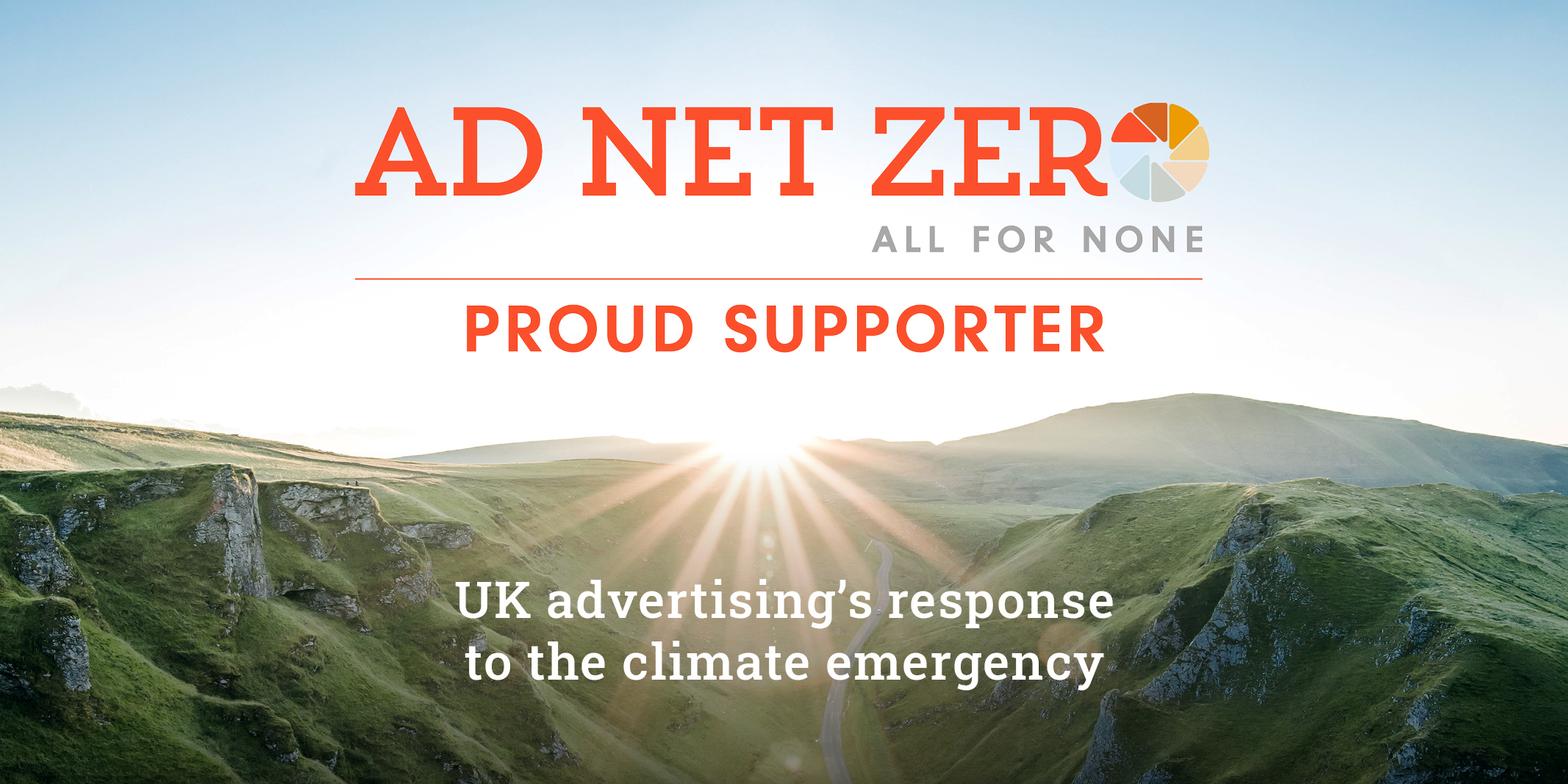The Earth’s climate is in crisis.
Global temperatures are rising, unequivocally driven by human activity, and as a result, extreme weather events are becoming more frequent and closer to home. Fortunately, not all hope is lost. If humans can cut global emissions of greenhouse gases and reach net zero before it’s too late, the world could halt the continued rise in temperature. And now, with the UK due to host the UN climate change conference (COP26), the carbon crisis has finally risen towards the top of the UK’s political and business agendas.
The government has pledged to cut emissions by 78% (vs 1990 levels) by 2035, with a goal of Net Zero by 2050. Net Zero Emissions means achieving a balance between the carbon emitted into the atmosphere and the carbon removed and is a crucial target if we are to stabilize global temperatures.
The UK advertising industry has also now begun to respond to the climate emergency and the need to achieve net zero emissions by setting up Ad Net Zero (A.N.Z.). Set up at the end of 2020 and led by the Advertising Association, A.N.Z. is a not-for-profit initiative with the aim of developing a roadmap for the advertising industry to become carbon neutral by 2030.
Ad Net Zero has identified five areas of focus to help the advertising industry recognise and reduce our own carbon contributions and begin to help influence our clients and their consumers to do the same.
- All companies to evaluate and establish their own emissions – including the impact of travel, fossil fuel energy use and waste in the workplace with a view to finding ways to offset and reduce these emissions.
- Measuring and reducing the impact of carbon within advertising production – with ad agencies aided by the recently launched AdGreen Carbon Calculator.
- Of specific relevance to us as media planners is beginning to understand the environmental implications of different media types so emissions become more of a consideration when designing a client’s media plans and so that the carbon produced by the channels selected can be offset. A media carbon calculator, hosted by the IPA, remains a work in progress. It differentiates between screens and devices (e.g. TV vs mobile etc.) but not yet between media owners (e.g. ITV vs Sky). And it focuses on end delivery (e.g. the energy required to power a screen for 30”, but for the time being, excludes the impact of content delivery, data centres and web infrastructure. So, it’s not perfect yet but statistician George Box’s observation:“all models are wrong but some are useful” applies here if it begins to give clients greater transparency on the carbon impact of their advertising.
- Organisers building in sustainability considerations into awards and events planned to minimise their carbon footprint (including travel etc.).
- And last but by no means least, encouraging all of us in the industry to harness the power of advertising to promote sustainable choices amongst consumers and ideally influencing behaviour that will continue beyond an advertising campaign.
MI Media is proud to have signed up to Ad Net Zero, alongside partner agencies within the Harbour Collective, so we too can play a small part in trying to tackle the world’s climate emergency. By evaluating the emissions produced as a result of our operations and putting greater emphasis on the carbon impact of the advertising activities we plan, we are better able to offset and ultimately reduce our carbon footprint and are committed to the aim of becoming a net zero company by 2030.













